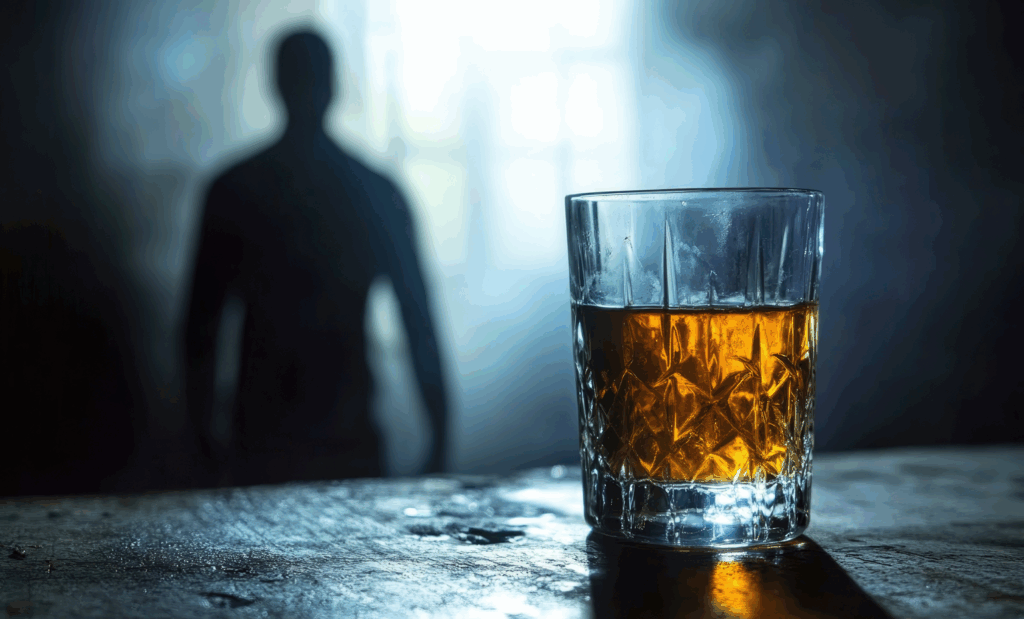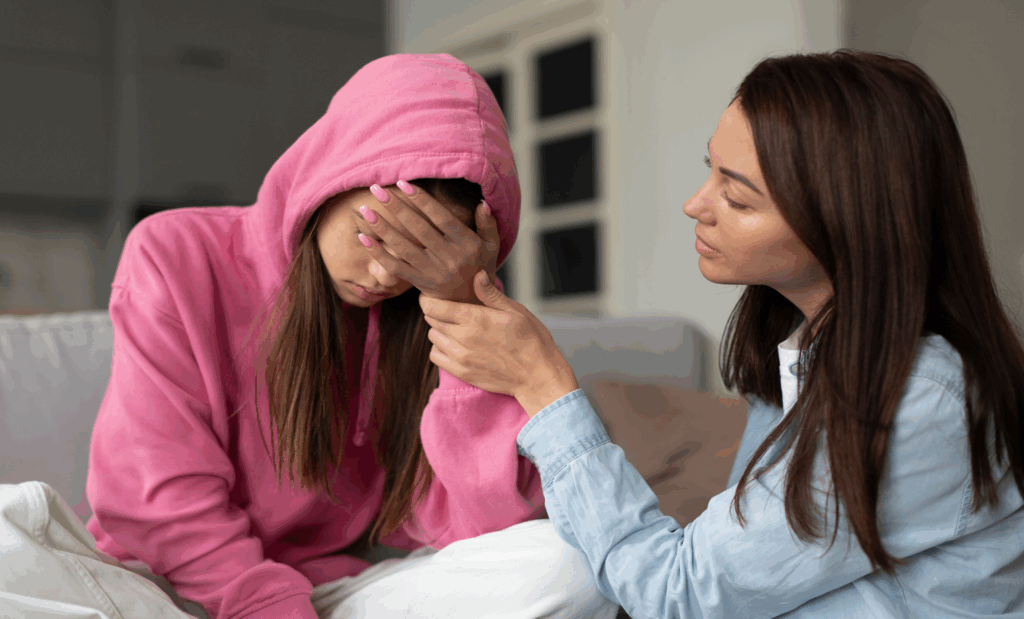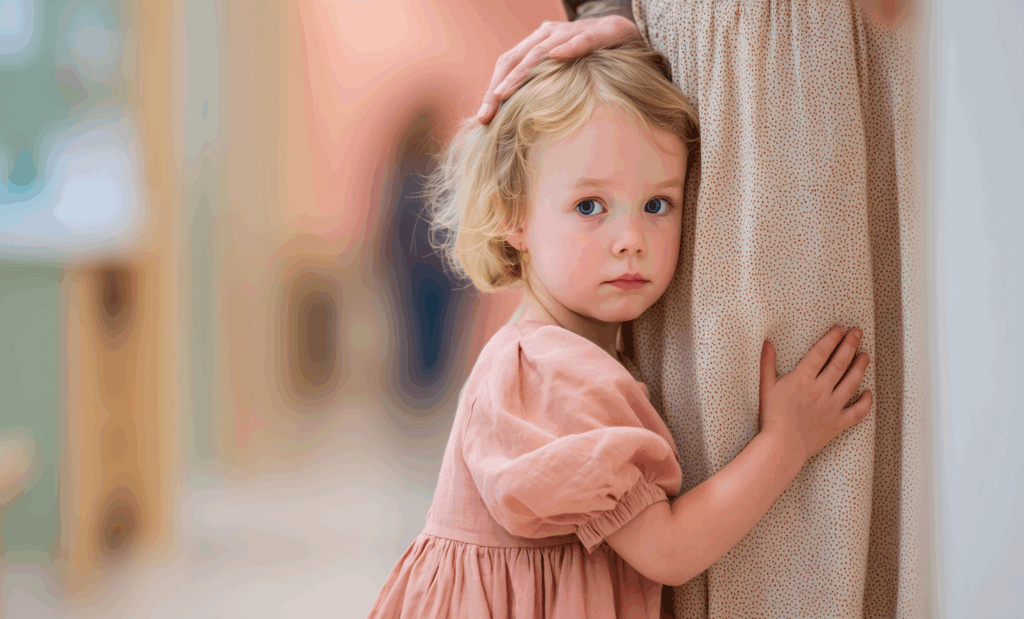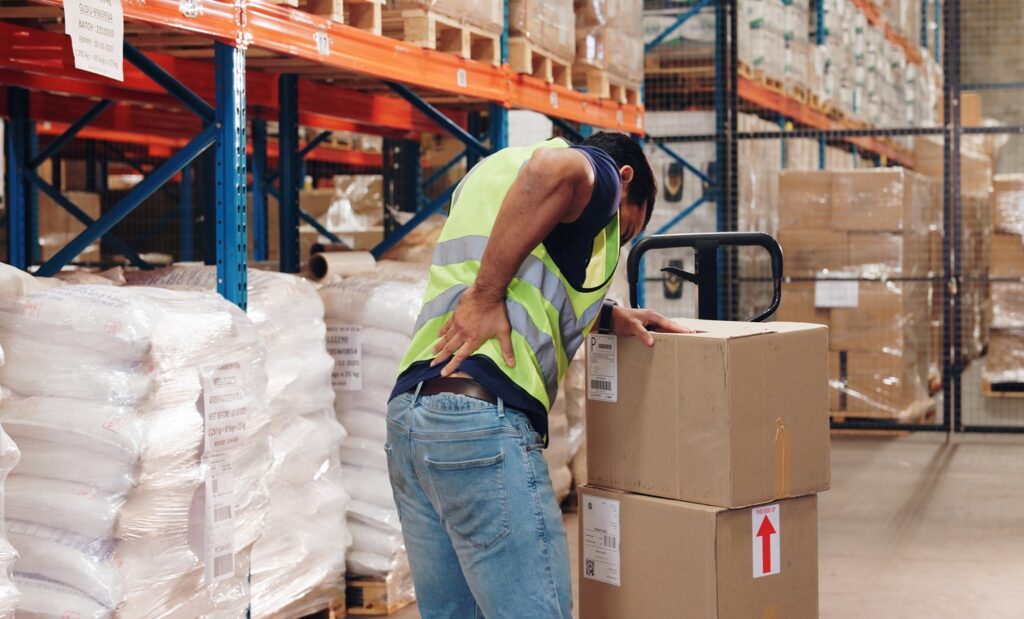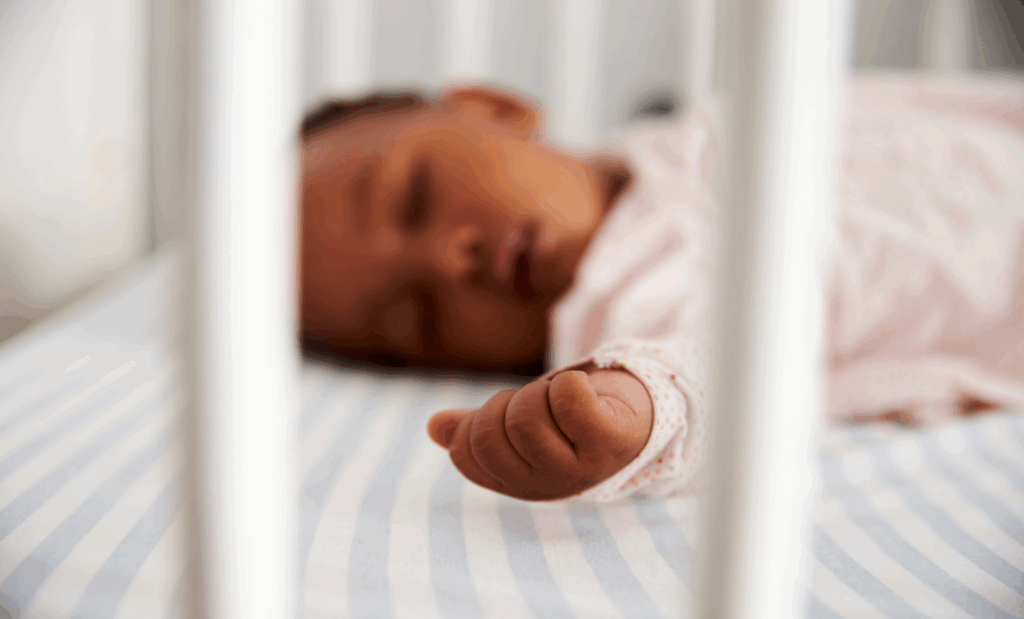Health and Wellness
Hemorrhoid care 101: How to manage discomfort and get support
Understand the differences between hemorrhoids and other conditions to ensure proper care and accurate diagnosis.

Understand the differences between hemorrhoids and other conditions to ensure proper care and accurate diagnosis.



